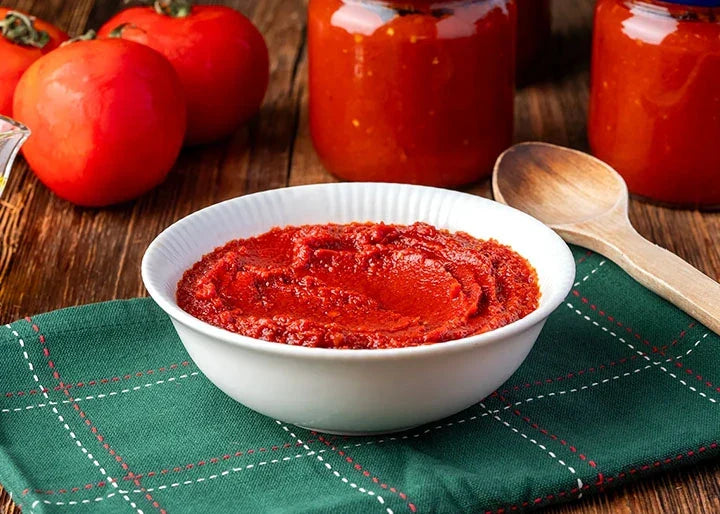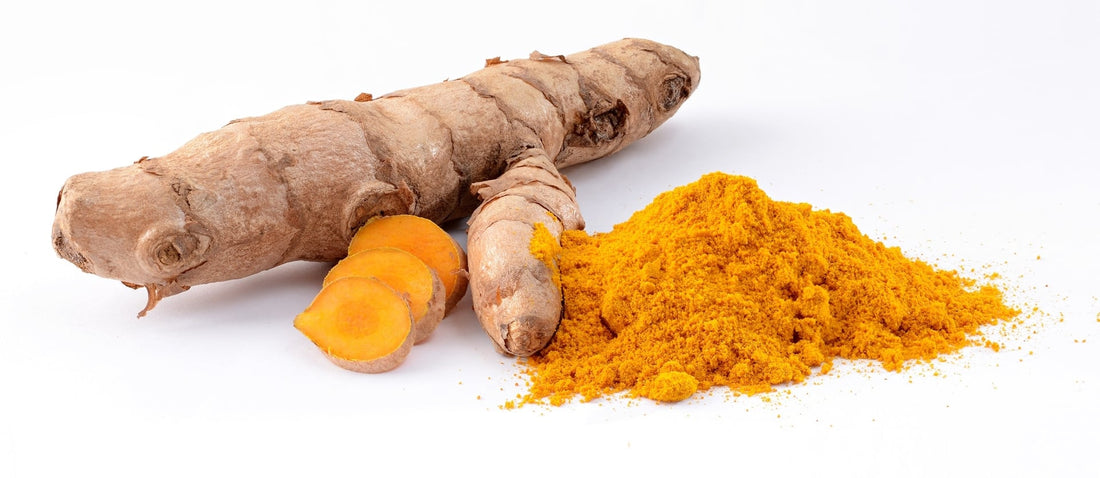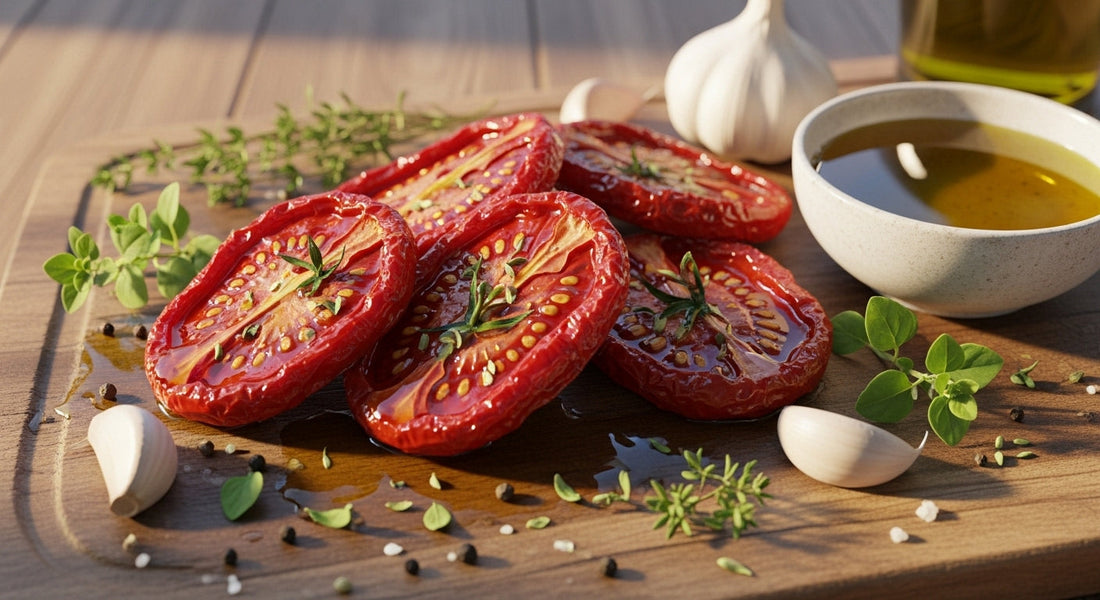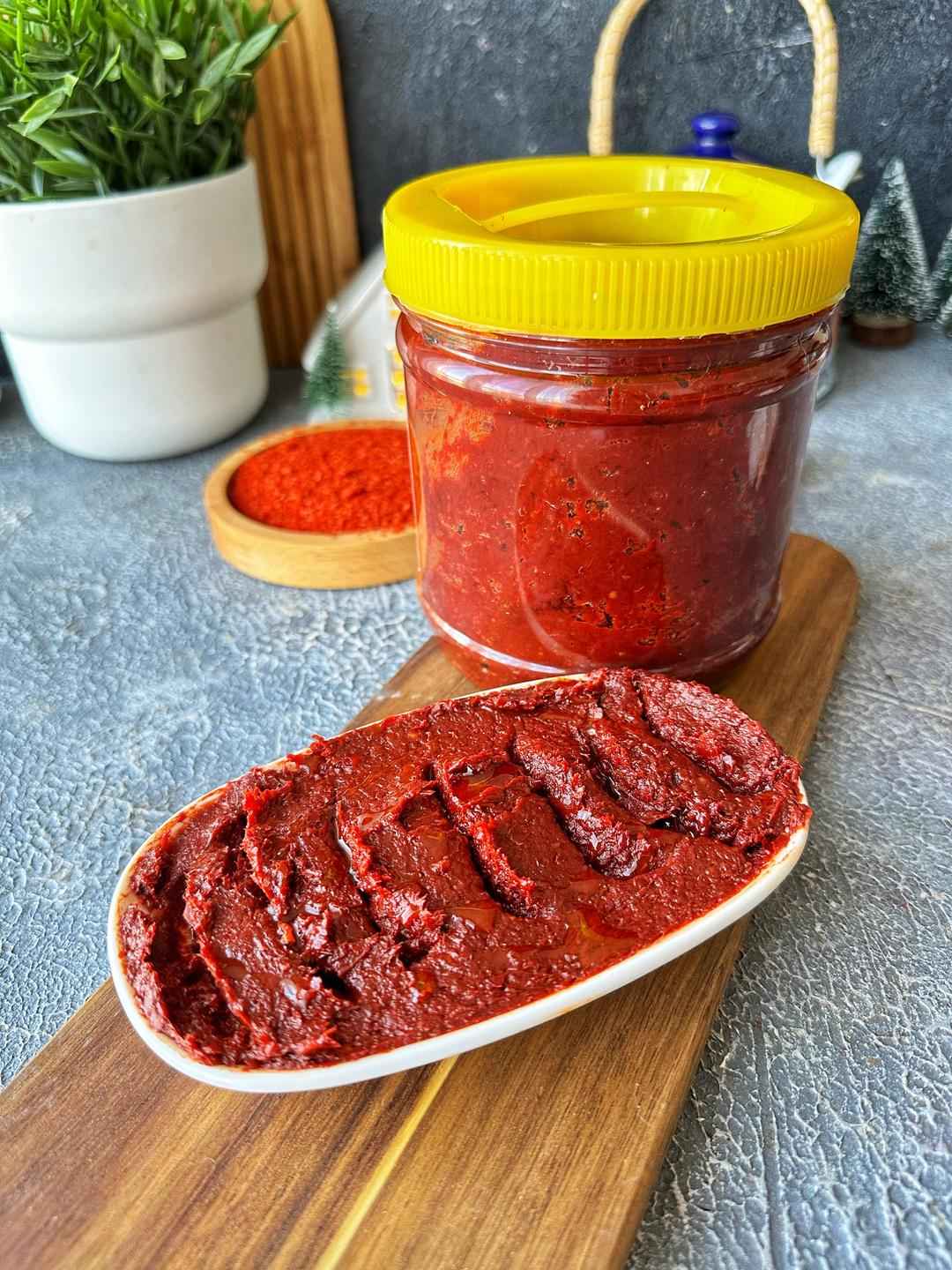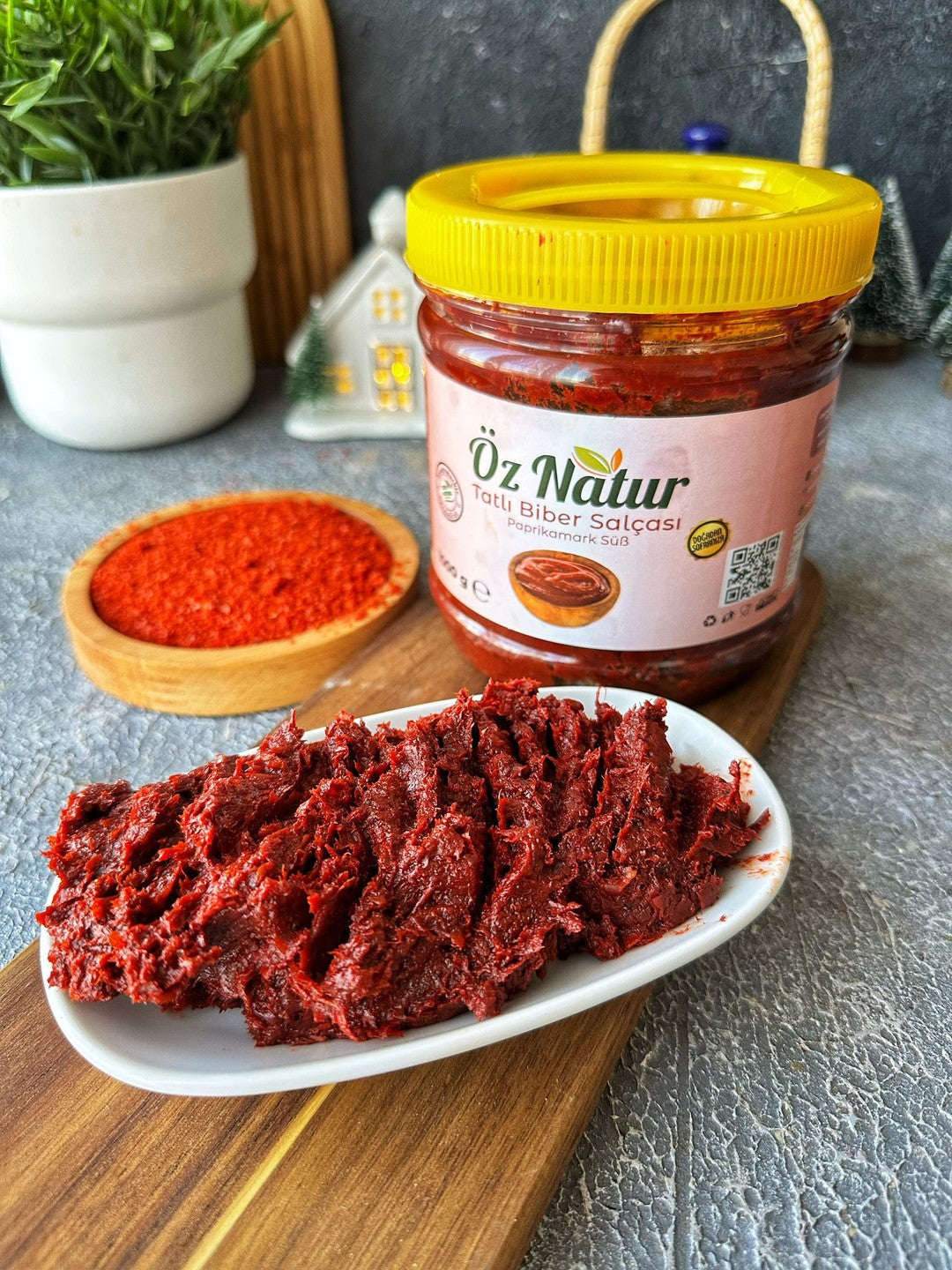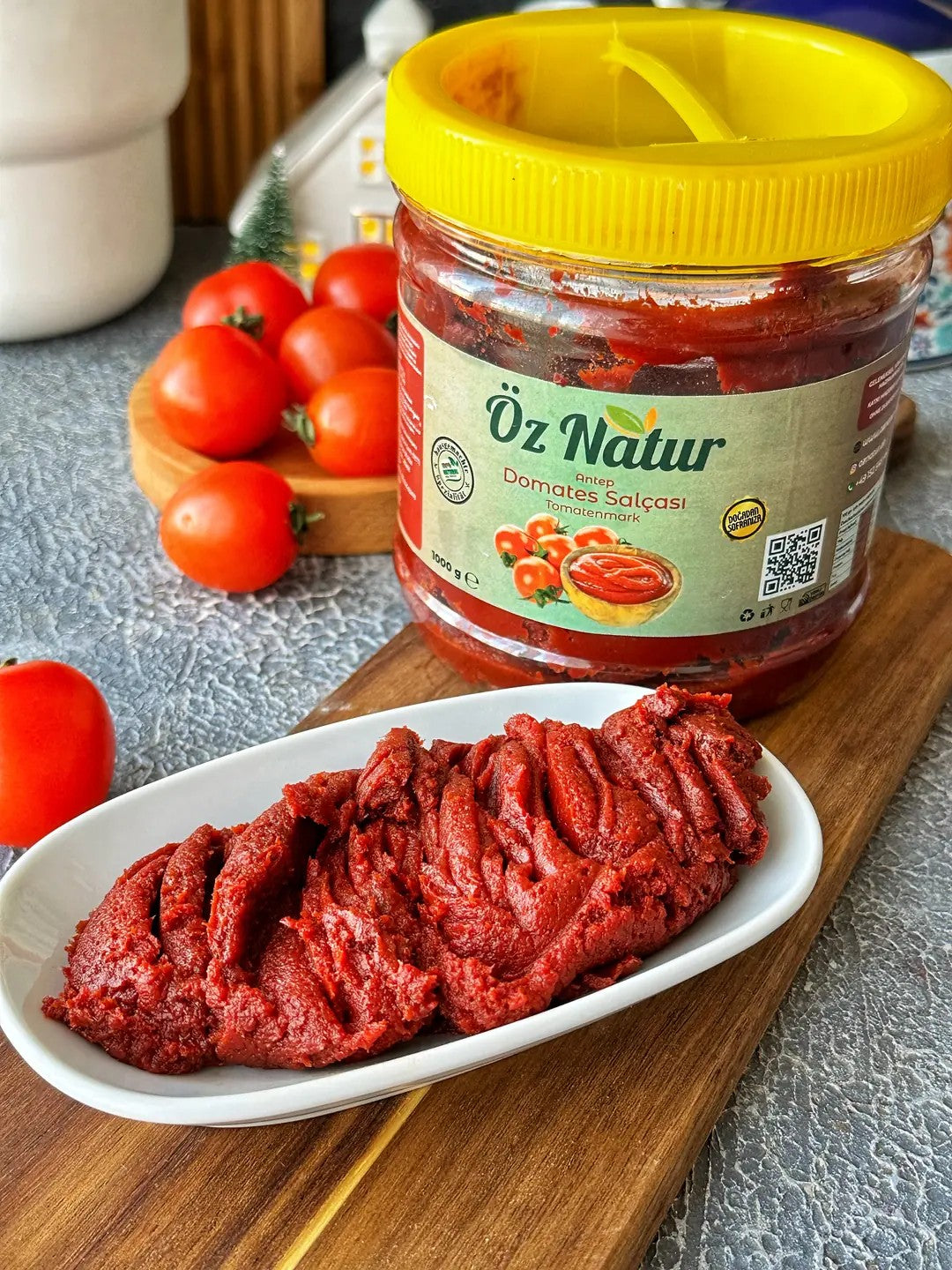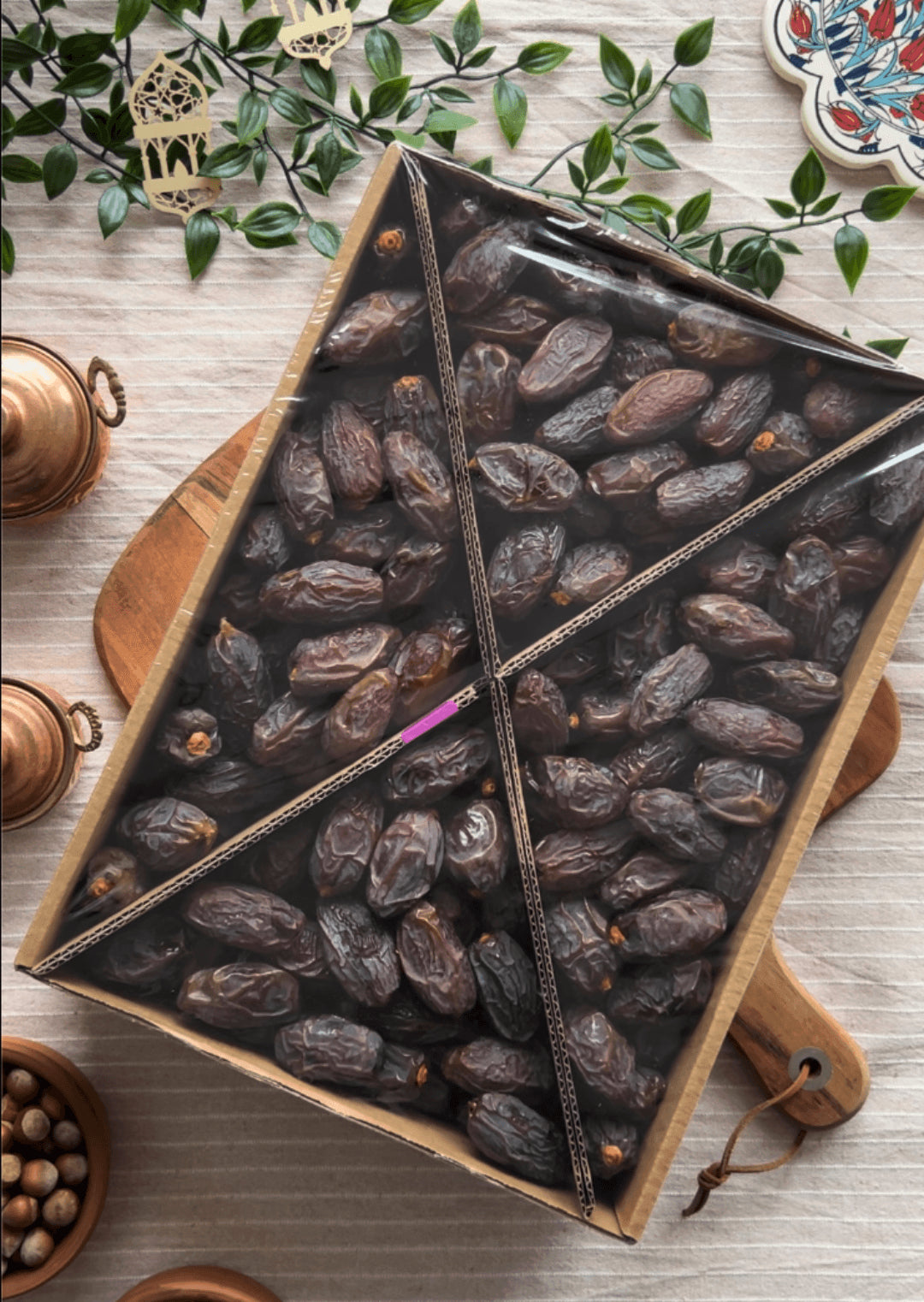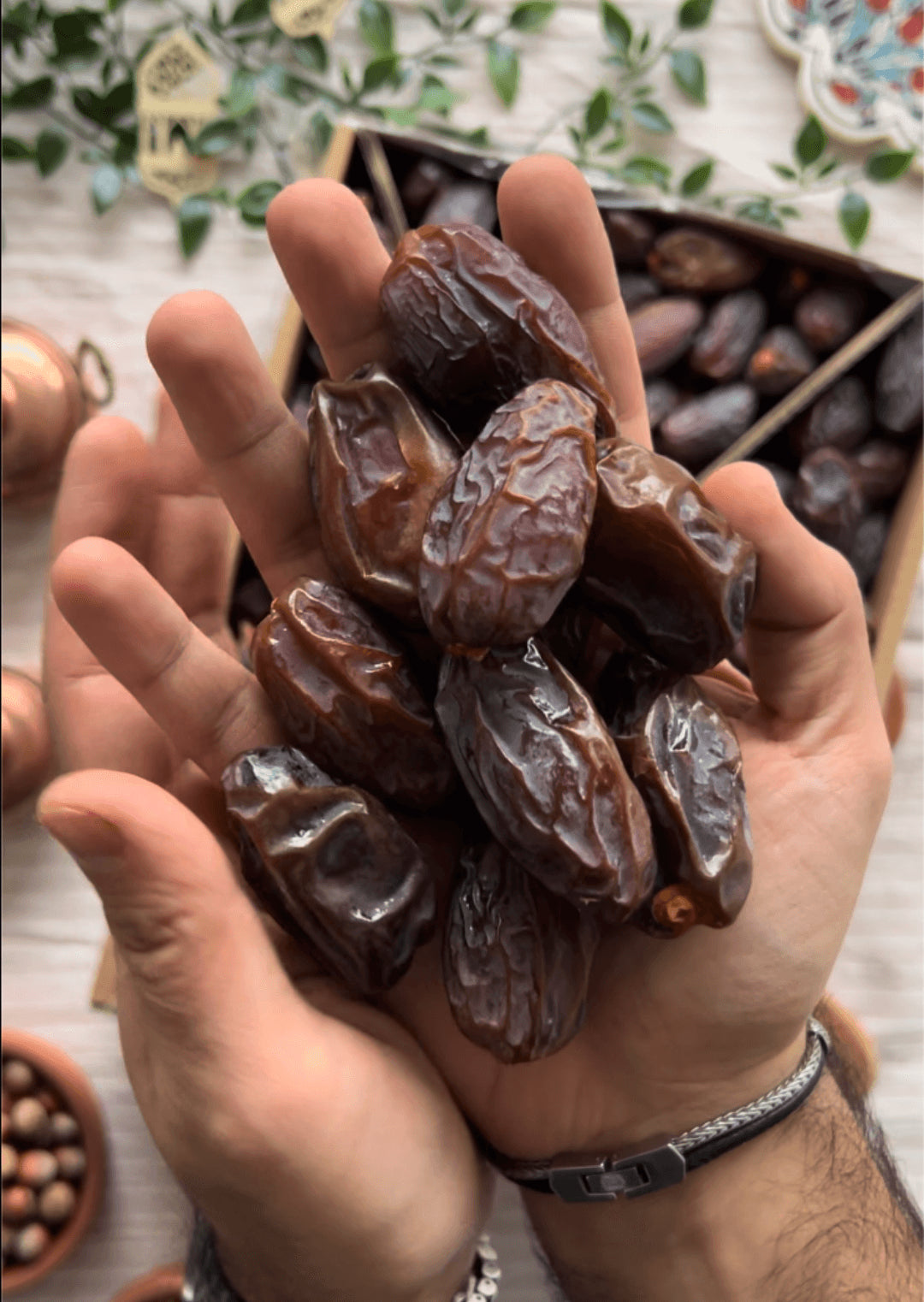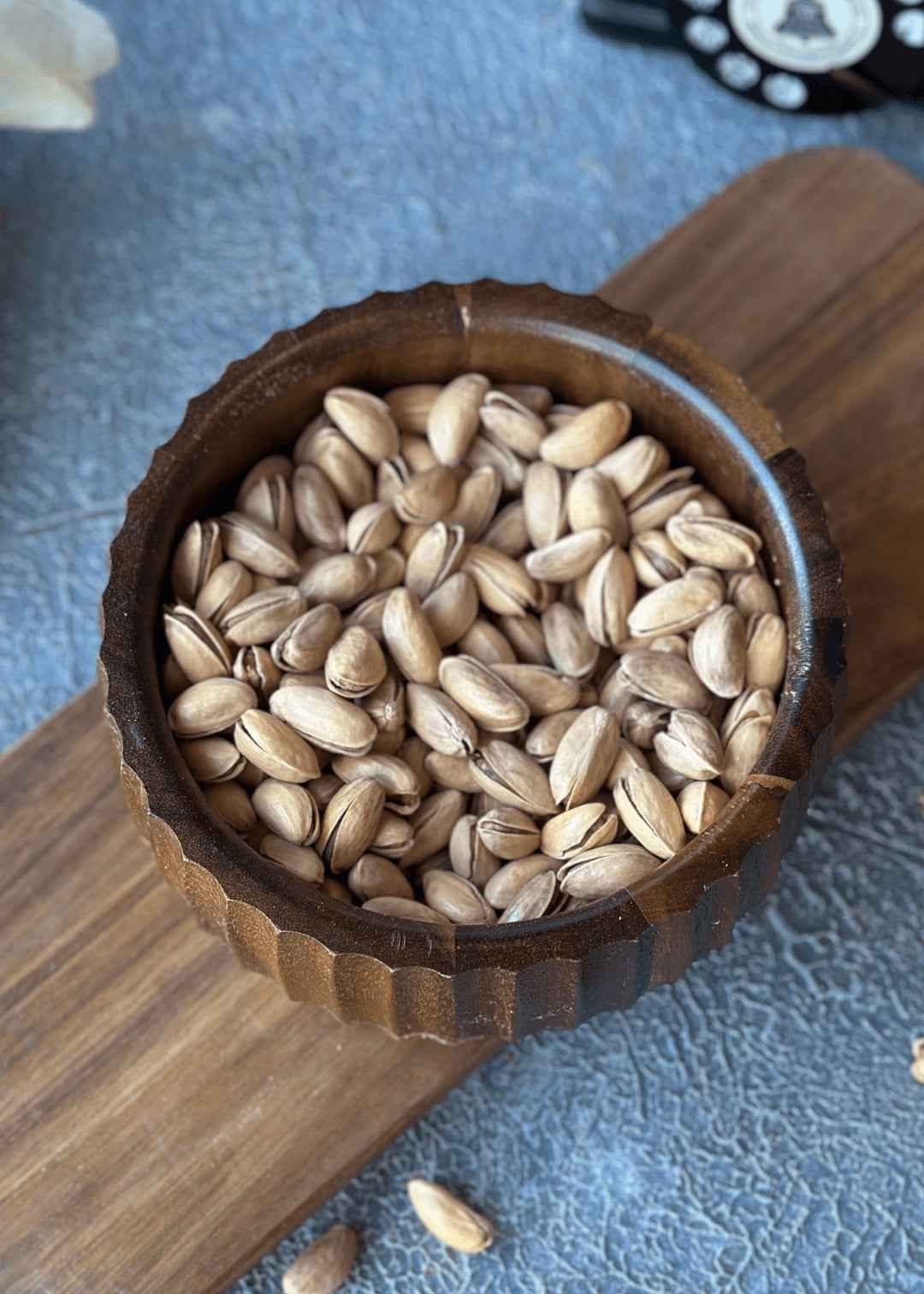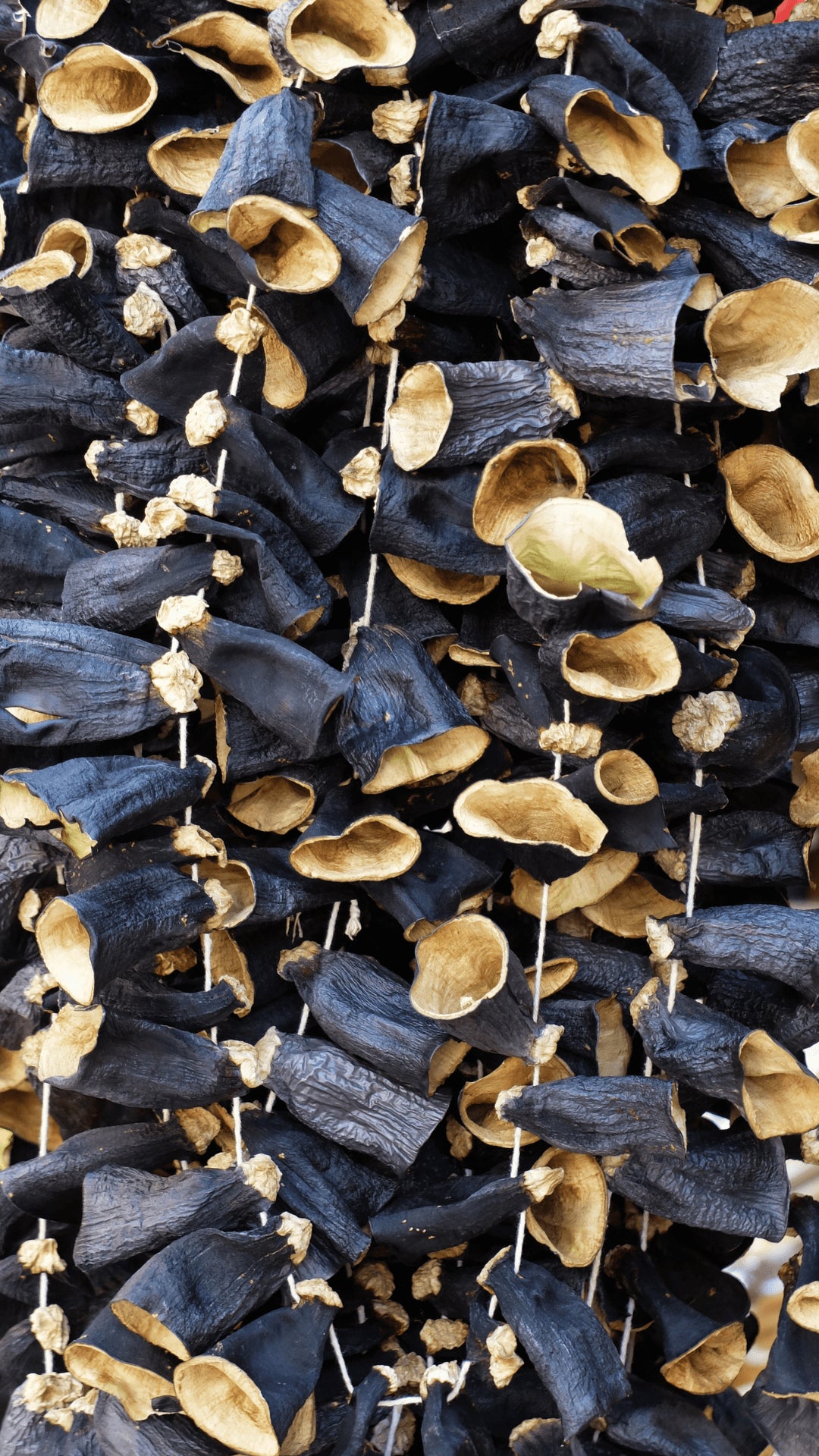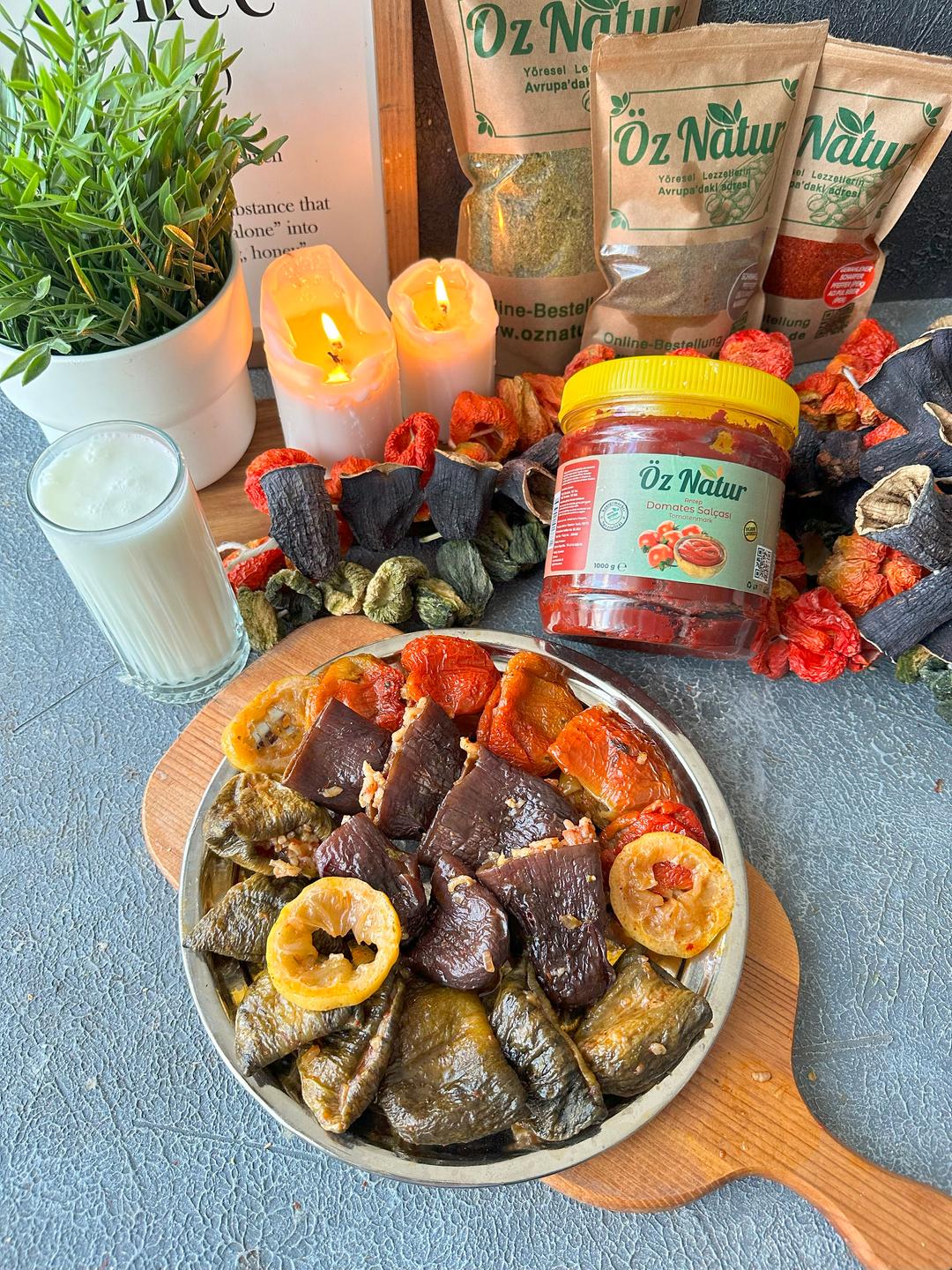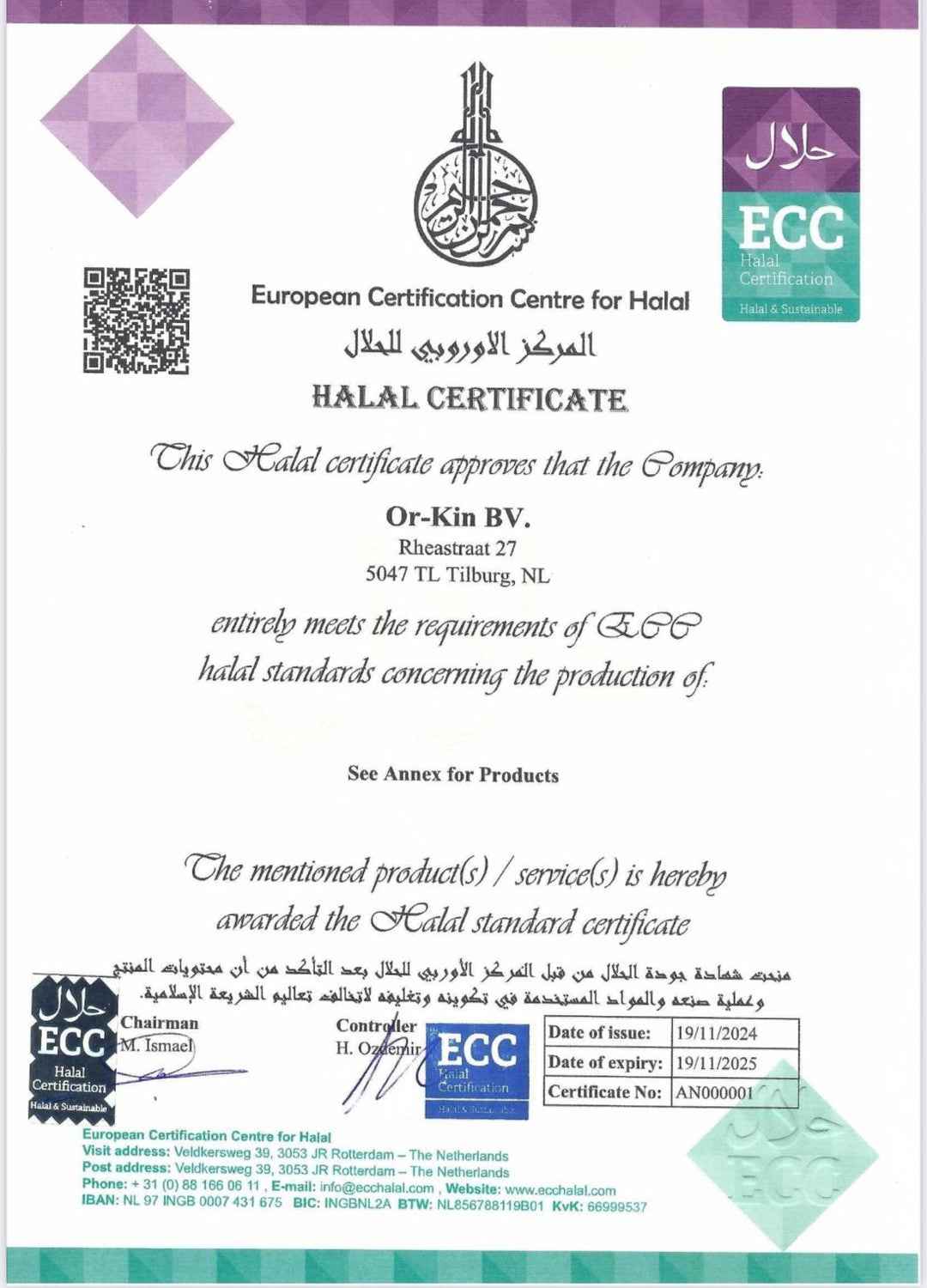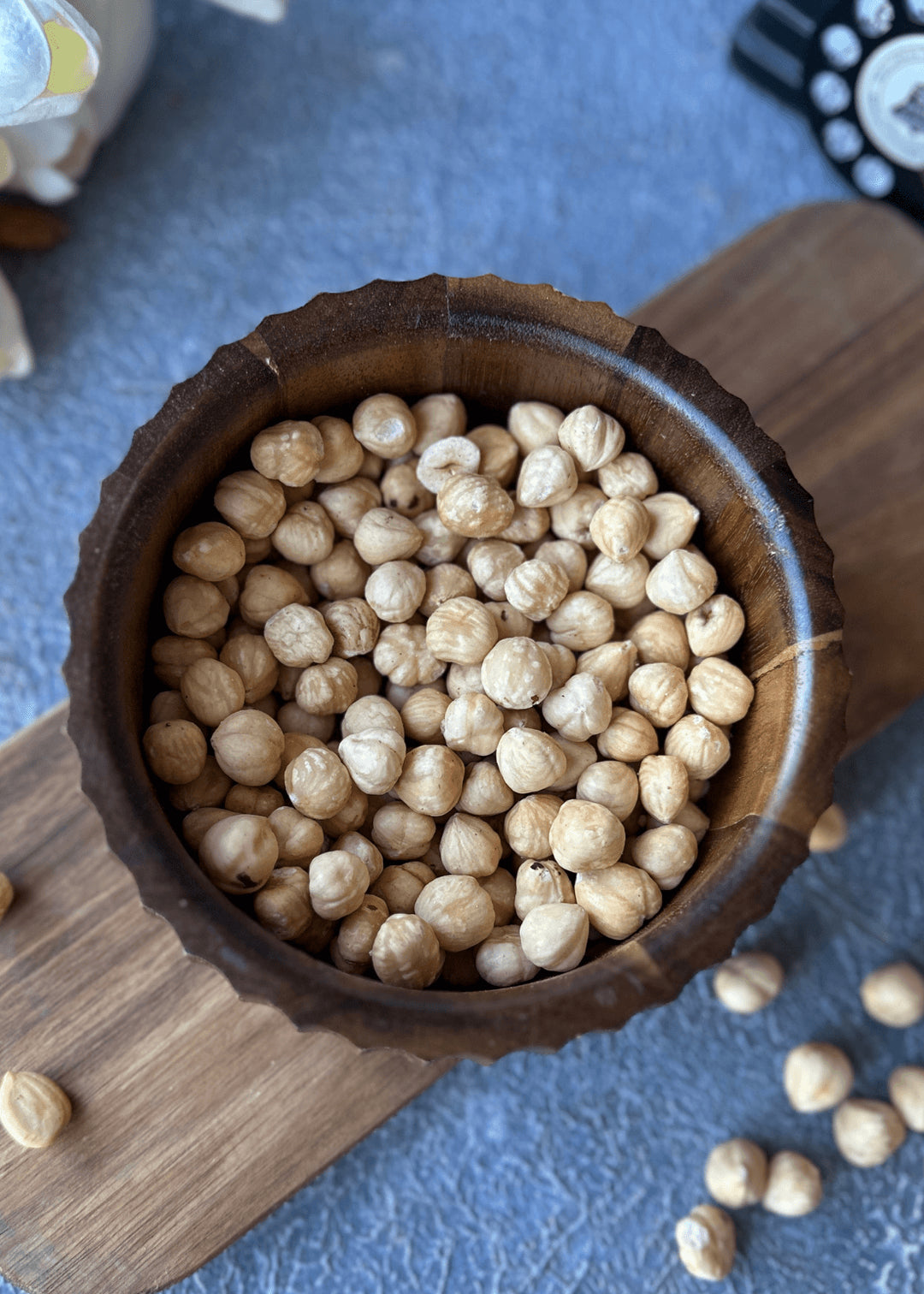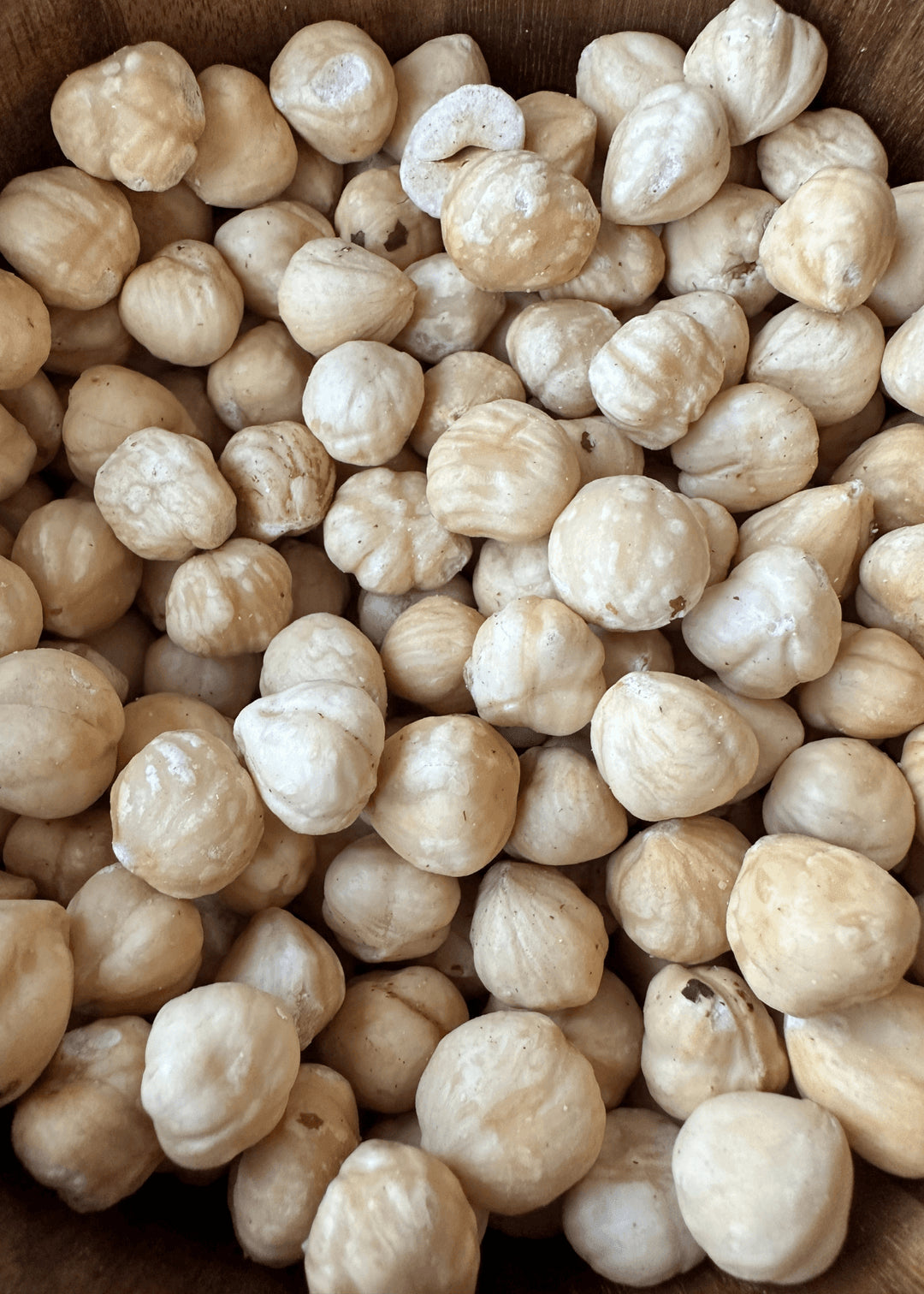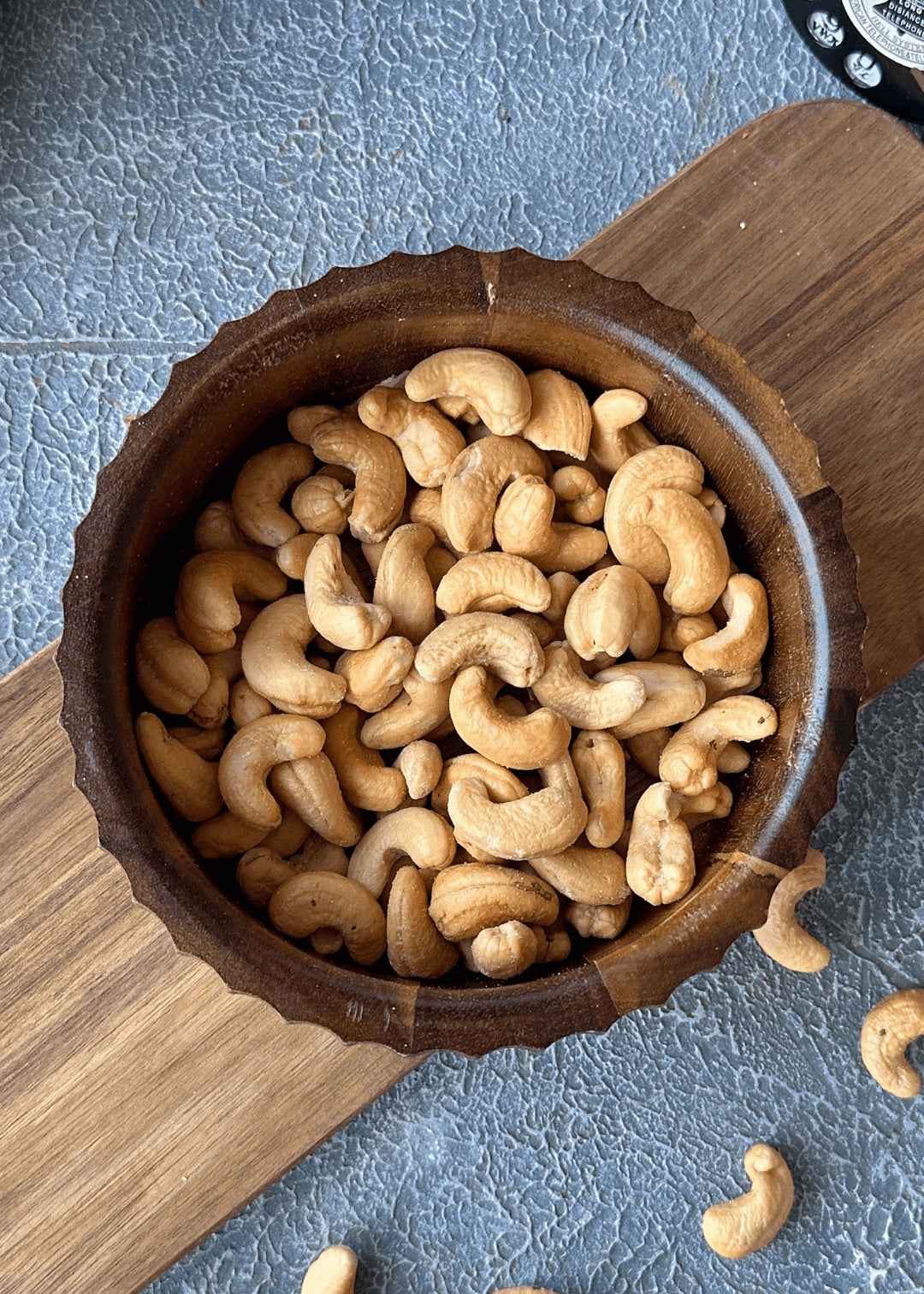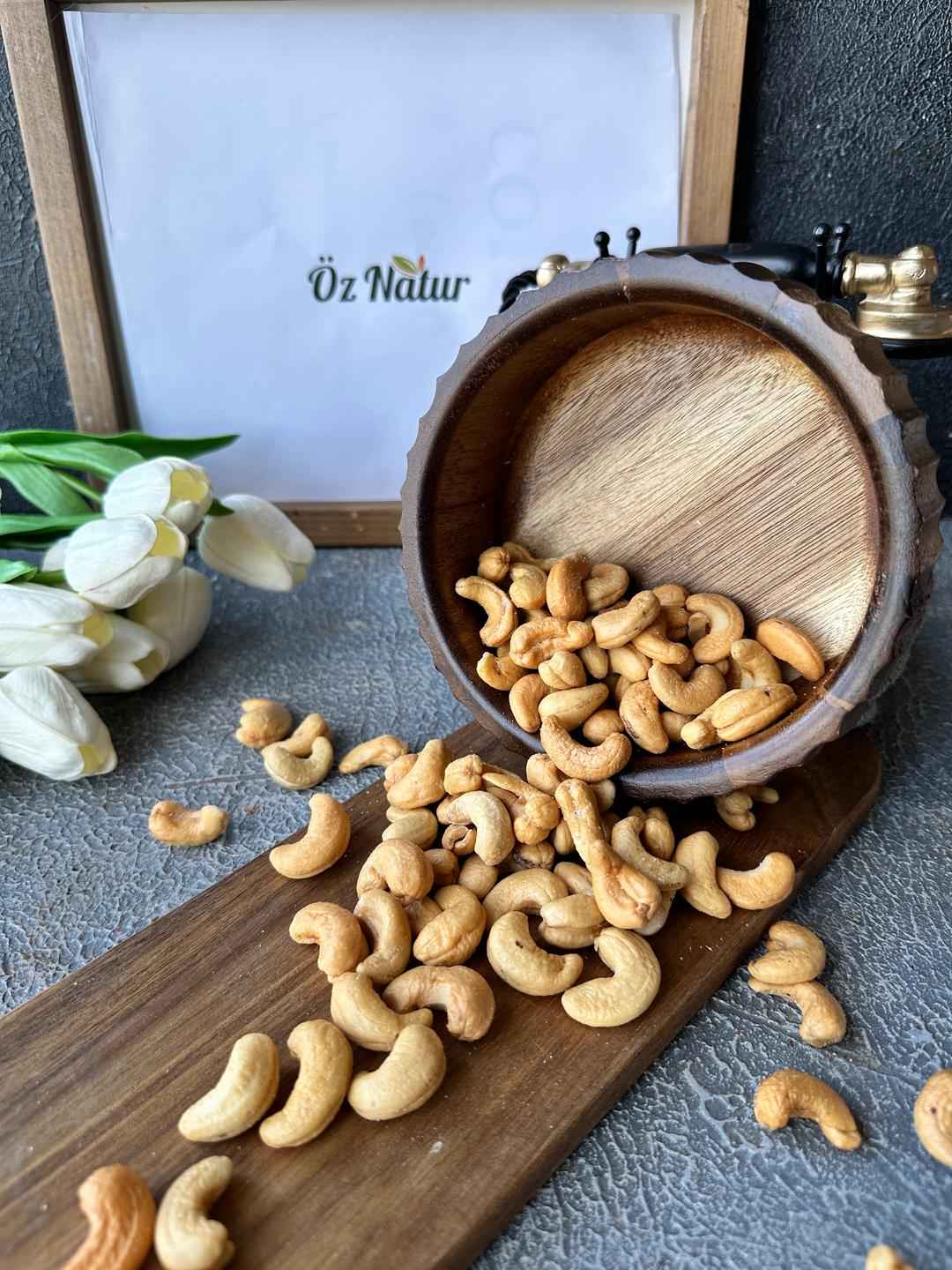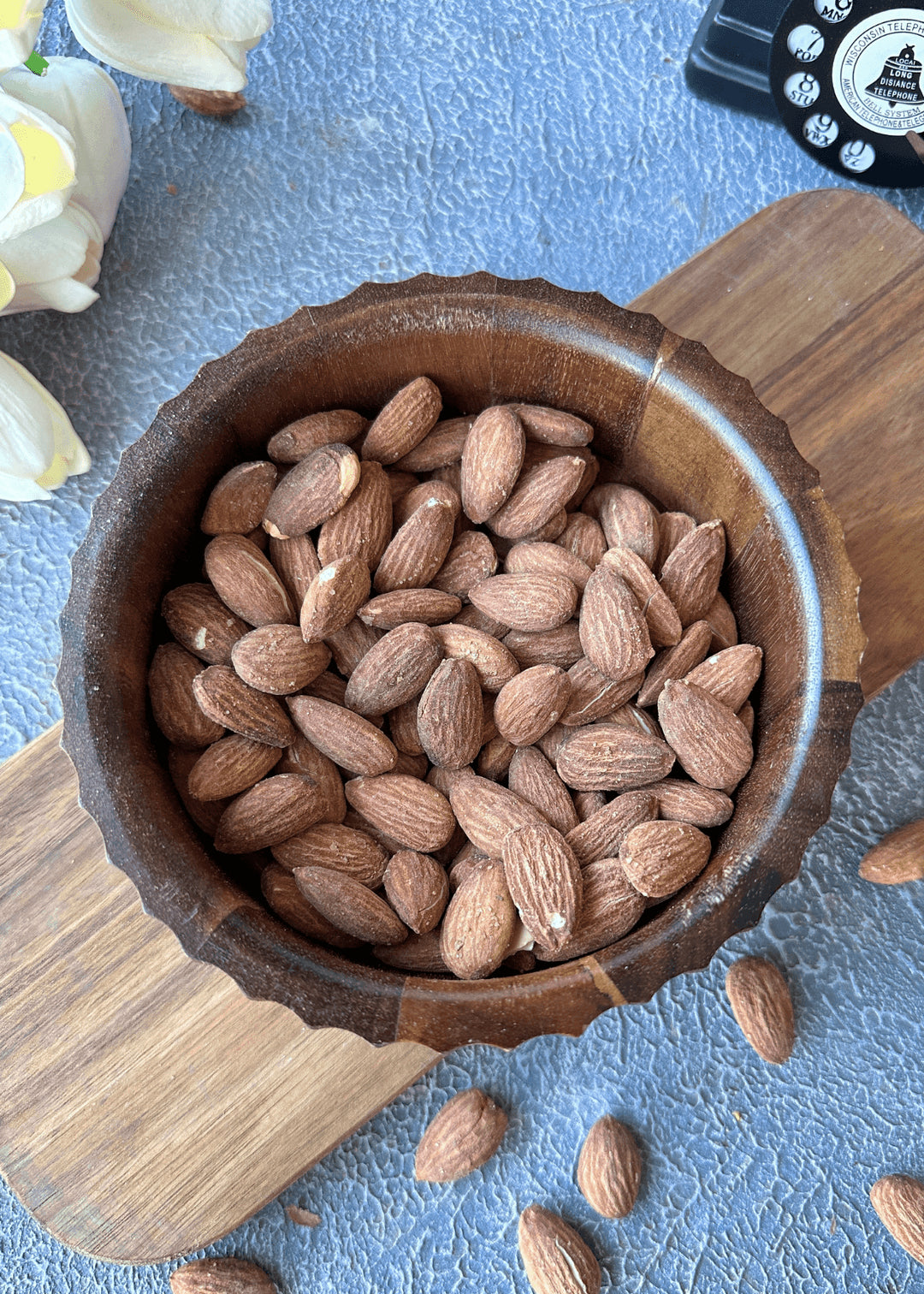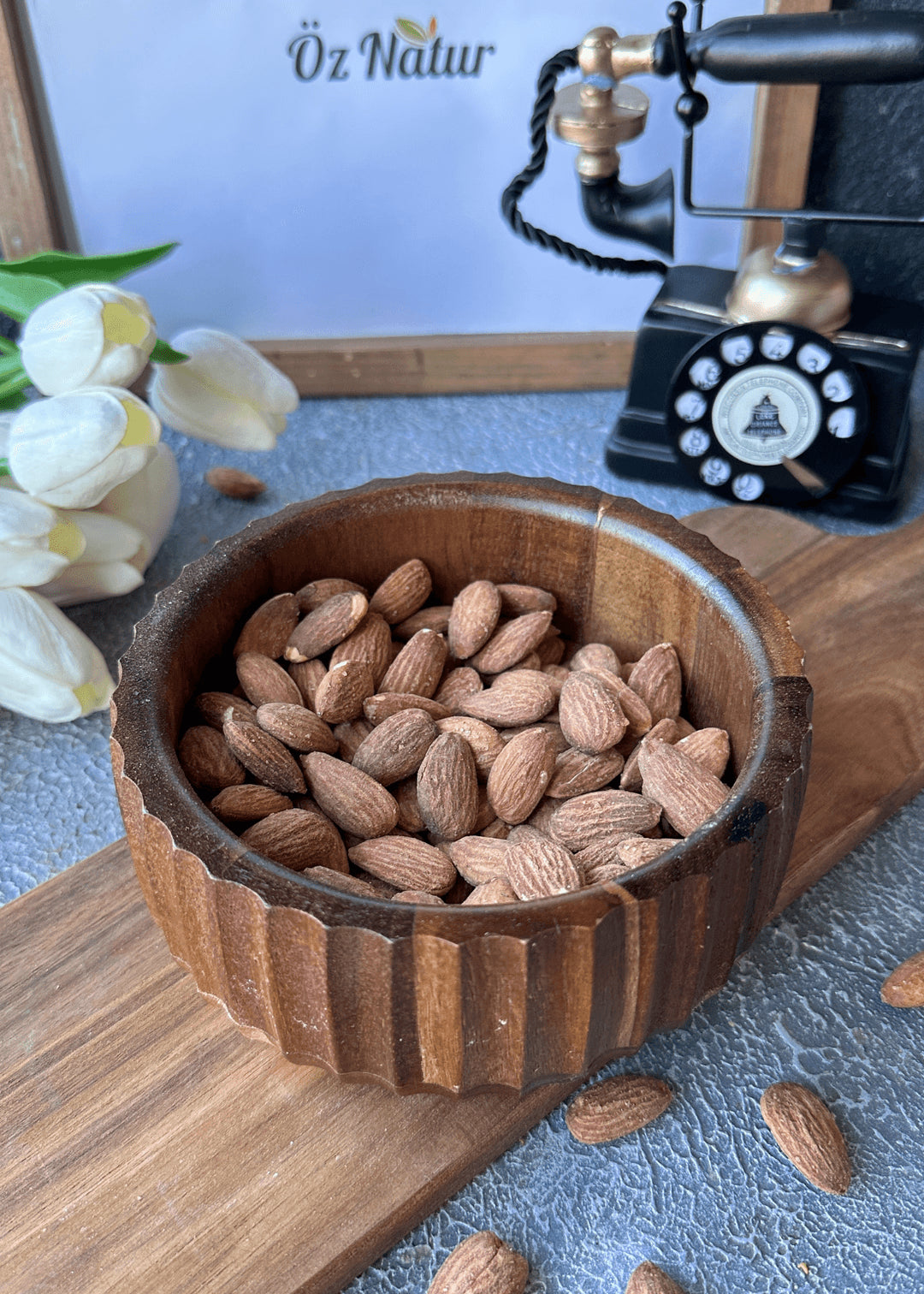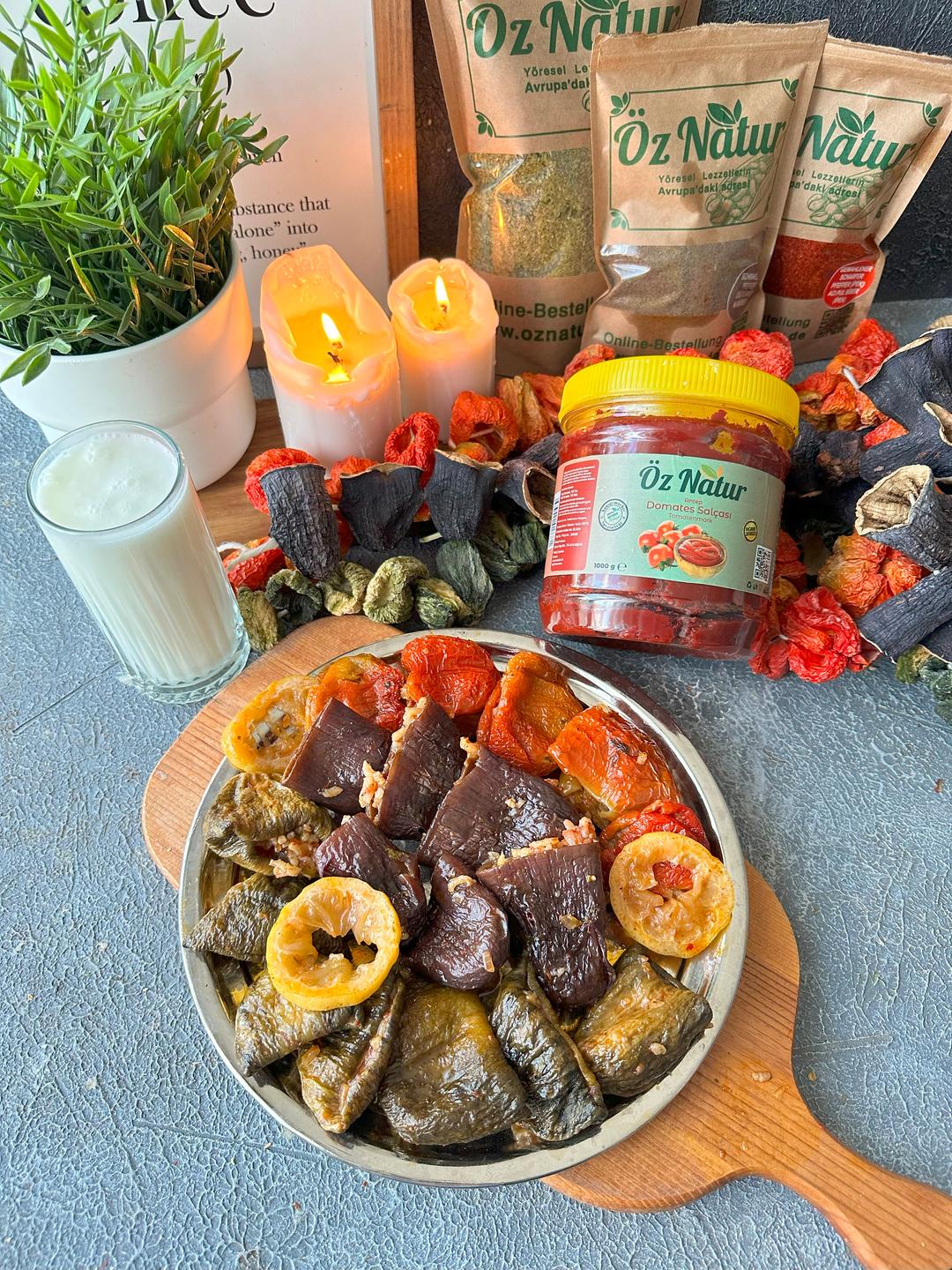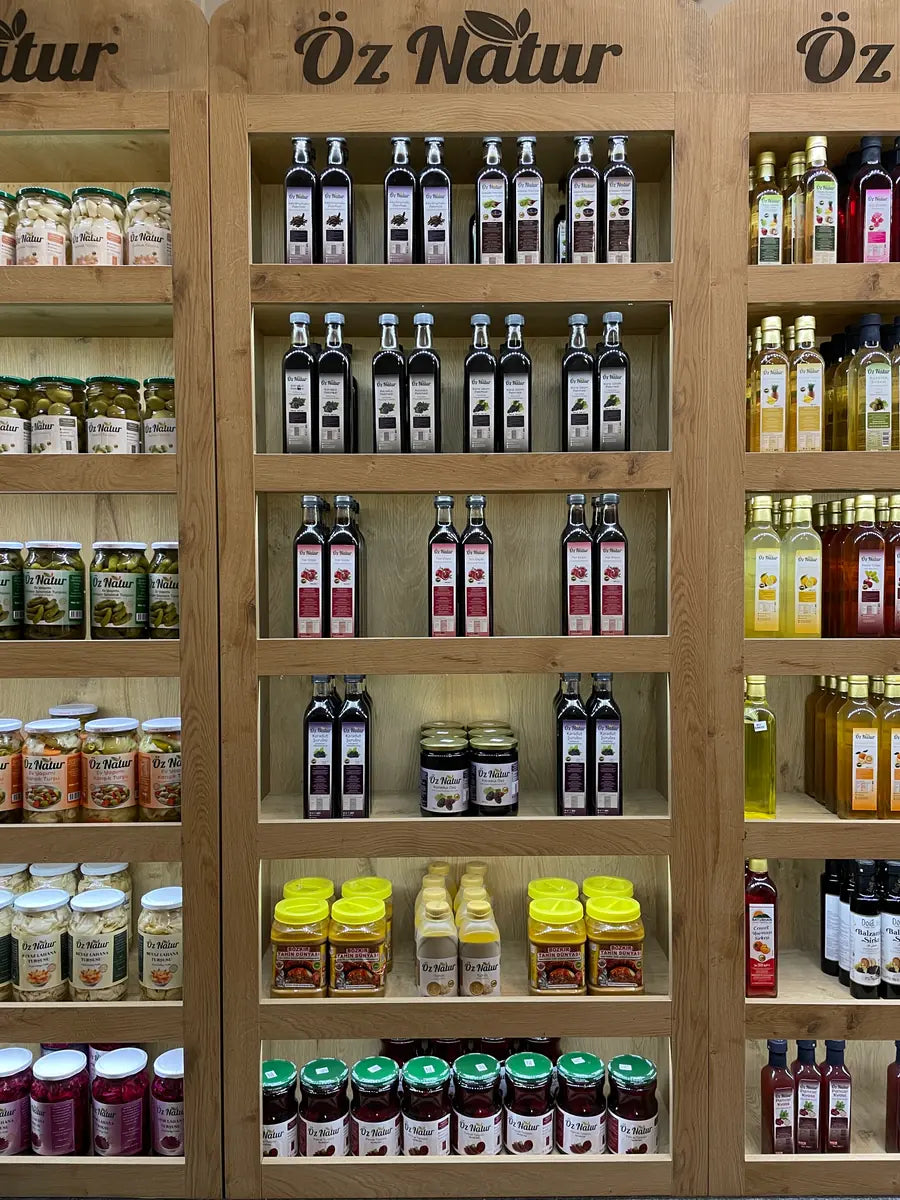Tomato paste is a staple ingredient in Turkish cuisine, used to enhance the flavor and color of many dishes. Toward the end of summer, when tomatoes are in season, many people prepare tomato paste to use throughout the year. Although the process may require time and attention, it can be carried out successfully with a few simple steps.
Factors like the type of tomato used, preparation method, and storage conditions all influence the final taste and shelf life. Below is a detailed look at the preparation process.
What Types of Tomatoes Are Best for Making Paste?
Fleshy tomatoes with low water content are preferred for paste-making. Varieties such as Rio Grande or seedless Çanakkale tomatoes are often chosen due to their high pulp ratio and low moisture, which helps speed up the thickening process.
It’s important to use fully ripe, red tomatoes. Underripe or green tomatoes may produce a sour or bitter flavor. Tomatoes that have ripened in the sun generally offer deeper color and better consistency.
Methods of Making Tomato Paste
Tomatoes are first washed and chopped, then either briefly cooked or passed directly through a strainer to remove excess liquid. The remaining pulp is placed in wide trays and thickened by frequent stirring.
In some regions, the tomatoes are ground using stone mills, which results in a smooth texture. Salt is commonly added to improve taste and support longer storage.
Sun-Drying or Oven-Baking? Pros and Cons
To concentrate the tomato pulp, sun-drying and oven-baking are two frequently used techniques. Sun-drying may take several days and requires careful handling, but can result in a darker, more concentrated paste.
Oven-baking is a quicker alternative and more practical for those in cities. However, the temperature must be well controlled to avoid burning or uneven drying. Either method can be used effectively depending on available resources.
What Ingredients Are Needed to Make Tomato Paste?
The basic ingredients are tomatoes and rock salt. Optional additions include a small amount of olive oil. Essential tools include a fine sieve or food mill, wide trays or baking dishes, a wooden spoon, and jars for storage.
A clean workspace and access to either sunlight or a temperature-controlled oven help achieve a consistent result.
Tips to Extend the Shelf Life of Tomato Paste
To store tomato paste for an extended time, fill clean, sterilized jars while the paste is still hot. Seal the jars immediately and turn them upside down to help create a vacuum seal that reduces air exposure.
Optionally, a thin layer of olive oil can be added on top to reduce surface contact with air. Store the jars in a cool, dry, and dark place. Once opened, keep refrigerated and consume within a few weeks.


